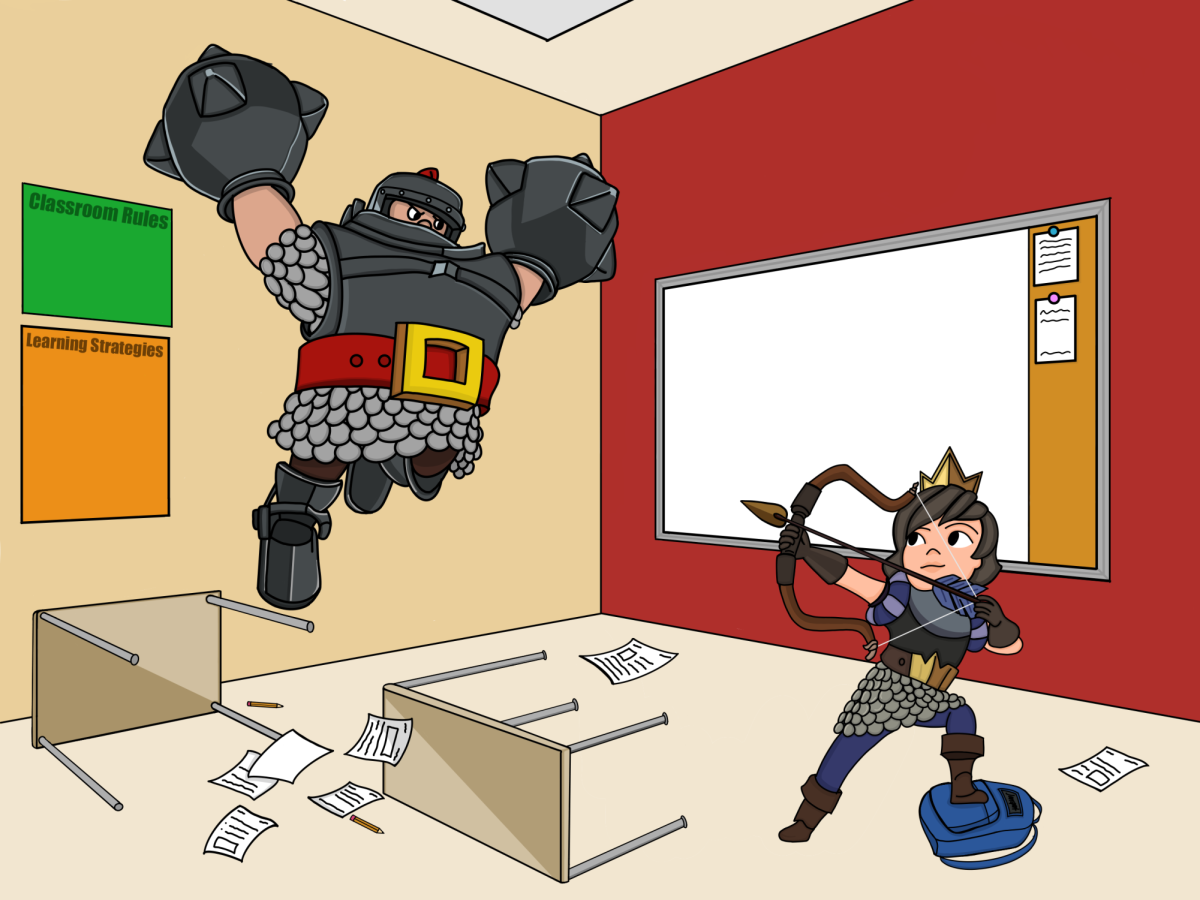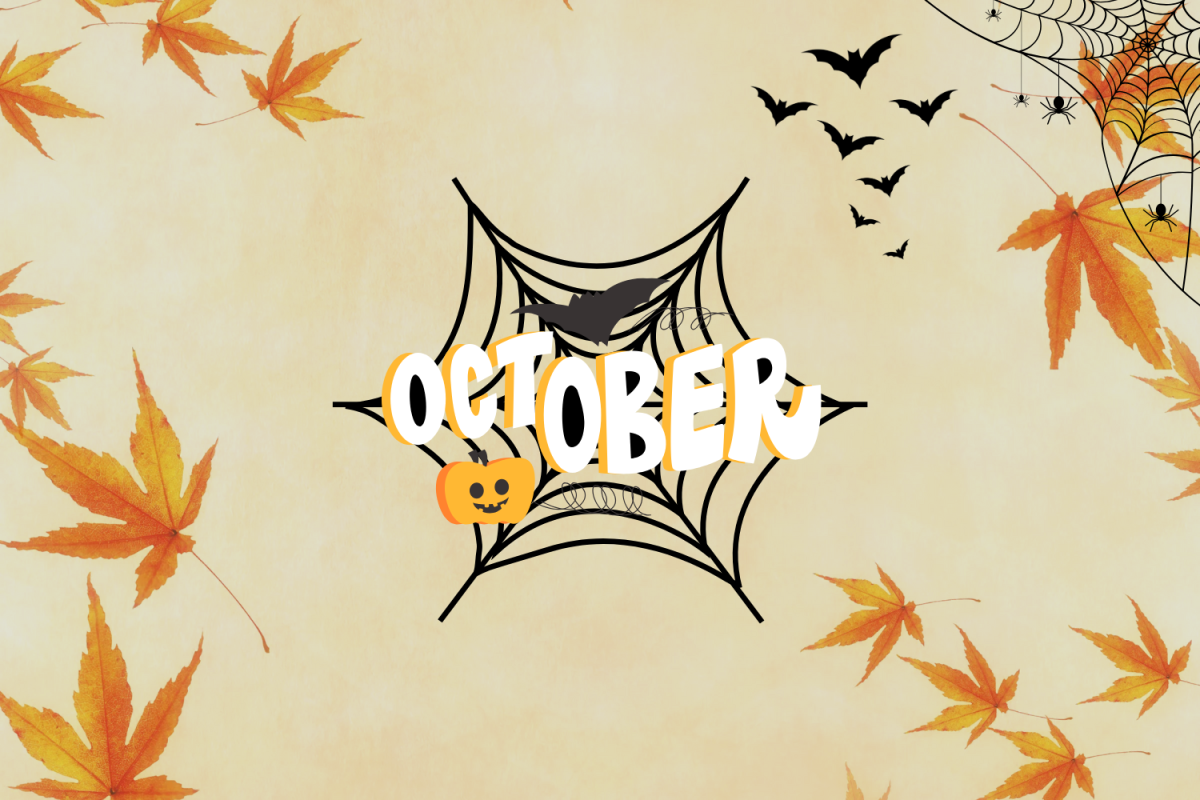Los Quince Años, also known as Quinceañera (the term also used to refer to the celebrant herself) is one of the most awaited moments for any Latina girl.
It is a symbolic celebration that marks the transition from girlhood to womanhood. The Quinceañera is both a religious and social event. It is traditionally celebrated in Mexico, Latin America, and the Caribbean. And now after generations of immigrants have come to the United States, they have brought this tradition to Latino communities in the United States and elsewhere.
The Traditions
Originally, the quinceañera was a sign that the girl was prepared for marriage, however, in the current age, it can signify that the girl is ready for formal dating.
The parents, typically the mother, would start brainstorming about how things would look at least six months before the birthday date. Early planning is recommended because quinceañeras are expensive, varying between $5,000 to $10,000 or even more depending on the family’s finances.
The most expensive object in this celebration is the dress. The dress can make the Quinceañera feel as joyful as she can, or can ruin her whole party. These dresses can vary in length, shape, color, puffiness, and other features. In traditional cases, the dress will be very long and puffy. Traditionally, the dress would be worn with heels, although nowadays, some girls choose something more comfortable like Converse sneakers.
In some countries, the parents have the support of the padrinos. The padrinos are people chosen by the parents or the quinceañera herself to help pay specific expenses. Padrinos can be translated to “godparent” in English; however the title doesn’t hold any religious meaning. There could be as many padrinos as the parents want/need, such as “padrino para el paste,” or “padrino para la musica/dj” and more.
Quinceañeras can be quite stressful, the day of the celebration itself being the most tiresome day for the quiceañera, causing some girls to decide to go on trips or do less flashy parties with their closest relatives.
A traditional celebration would include a mass reunion at a church where there would be a mass for the quinceañera and then the party would be moved to the ballroom, where the quinceañera would do a shiny entrance with her damas de honor (“maids of honor”) and her chambelanes (“chamberlains”), known as the corte. The corte is a group that escorts the quinceañera to the dance floor, where the quinceañera would usually dance with them. The dance can vary; it could be a vals (“waltz”), or something more modern.
After a short speech from their parents, either parent of the quinceanera is going to dance with her. The traditional music is also a waltz or an orchestral song.
Even though this celebration appears dreamy, some girls didn’t want a party but were forced to have one. This case was shared by senior Angie Reyes. She said that from the start, she didn’t want a party, and she communicated that with her parents. Yet, it didn’t work out for her because she still had a party. She ended up spending a joyful time with her parents and family whom she hadn’t seen in a couple of years.

“(I) didn’t eat (during) the whole party because the food wasn’t enough because the guests didn’t stop eating,” Reyes said.
Funnily enough, these types of complications are common. Quinceañeras don’t get the opportunity to enjoy their catering because they are stressed out. Sometimes they are so busy taking photos with their guests that when they go to the catering table, there are only scrapes of food left over for them.
On another note, the most joyful part for quinceañeras was the time spent with their family and friends throughout the party. According to the Akins survey, a popular tradition was the waltz between the parents and the quinceañera. Yet, the toast and the general waltz were the things that quinceañeras disliked the most.
Spanish teacher Fernanda Sillero Guzman, shared her story about her quinceañera. She wore a nontraditional dress that allowed her to express herself. Her mom took plenty of her opinions, which led her to feel included throughout the whole planning process. She remarked that she loved her chambelanes and still has a close relationship with them.
My Story
Unfortunately, I didn’t have a party of quince años for personal reasons. However, I was in all the quince años of my best friends and some relatives. Since I was part of a dance academy, I was one of the damas in all of them. I danced the waltz with all my friends, which is something kept for the closest relatives; along with a photography session with one of them which I conducted.
I witnessed stress at its maximum potential at the quinceaneras and the family. I felt a special kind of happiness that made me cry, and a certain level of anger whenever they had angry faces or were being difficult for no reason. But above all, I got to share those moments with my friends, who will stay with me for as long as I’m alive as a precious memory.
Quinceañeras are a dream moment for some and a feared and hated moment for others. Yet even amid chaos, there will be at least one funny story of their quienceañeras, such as how the mariachi didn’t show up, or how the quinceañera was running late to the church. Perhaps the quinceañera wanted to wear her long dress all night after her surprise dance but her mom didn’t help her put it back on, or the food wasn’t enough so she didn’t eat the whole party.
After the storm always comes a ray of light, and these chaotic situations can become something to laugh at in the future.







